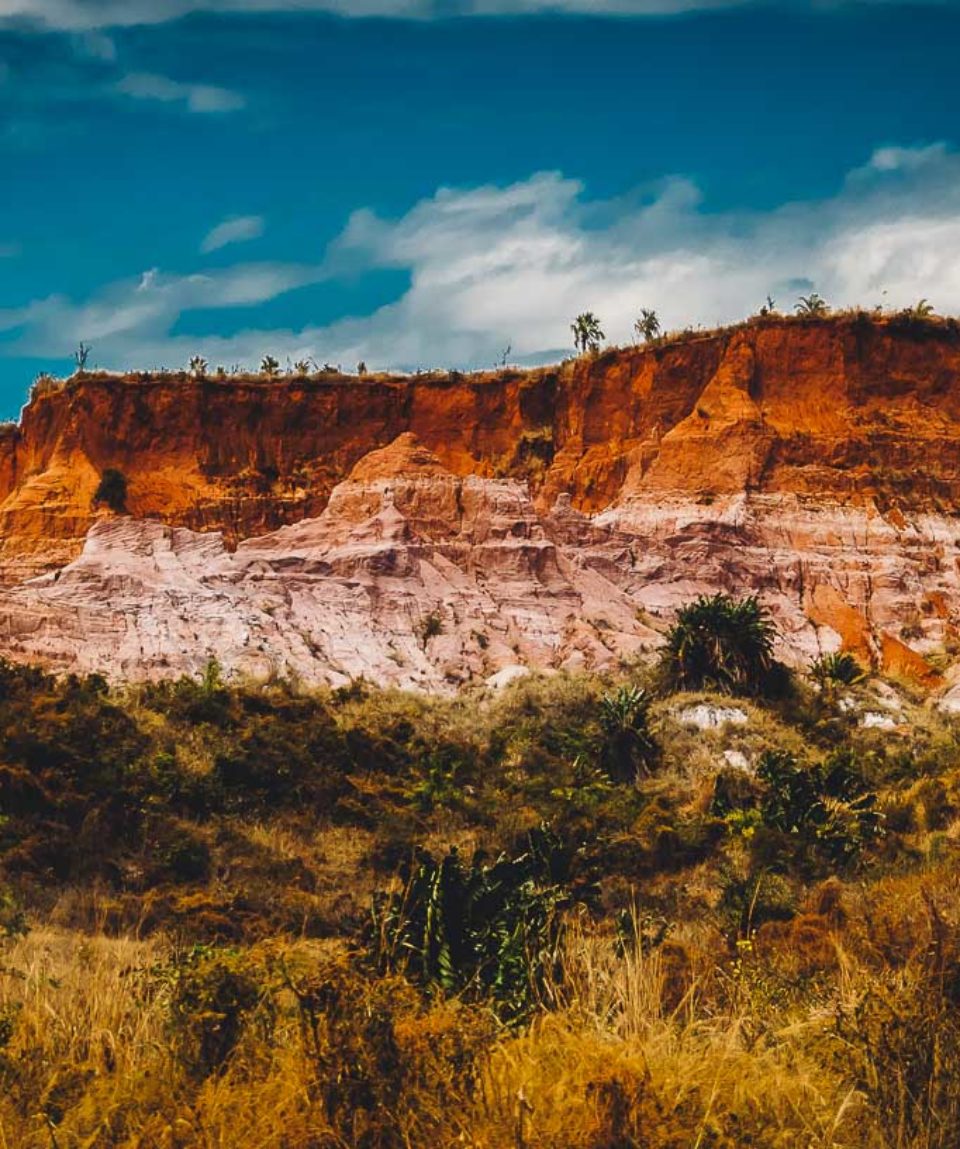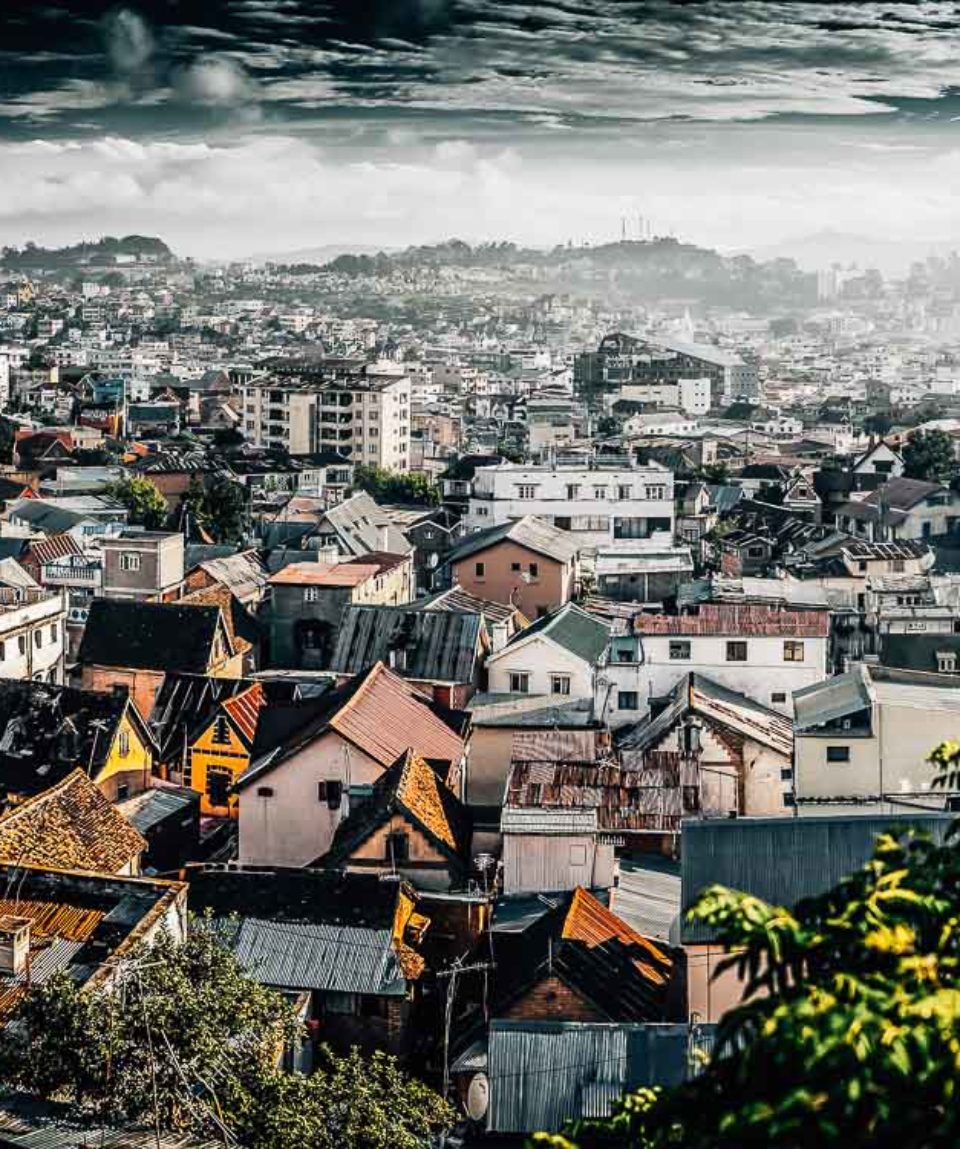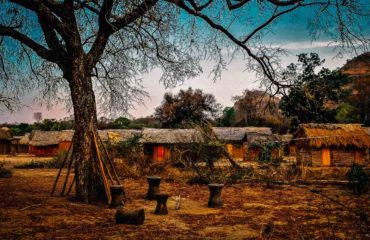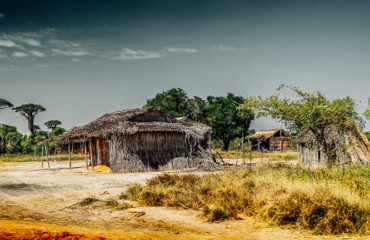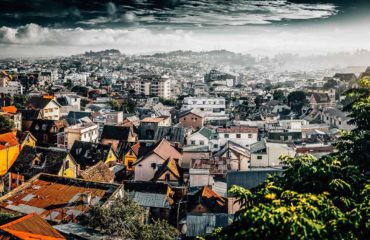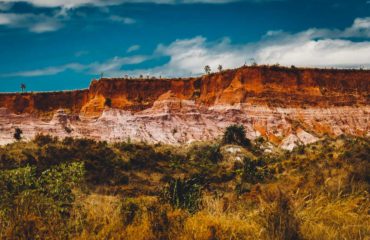Unusual lands of Majunga in Tamatave
fromThe unusual lands of Majunga in Tamatave welcomes you! 165 million years ago, Madagascar separated from the African Continent. Hence, the ecology of Madagascar is entirely different from Africa. From the time of its separation, the island has been well protected and isolated. During our journey, we discover sites that are little known to travellers; thus, you will never have to retrace your steps on this trip. After a pleasant break in the region of the extinct volcanoes of the highlands, we continue towards the East. In the east, there unfolds beautiful plants and many species of lemurs. We dive into this green world before reaching the coast and its canals.
For anyone looking to have a real Madagascar experience, a visit to these unusual lands of Majunga in Tamatave is a must.
- Reviews 0 Reviews0/5
- Style Type
- Culture
- Expedition
- Madagascar
- Road Trip
- Secret Planet
-
- Level Moderate
- Group Size Medium Group
The unusual lands of Majunga in Tamatave welcomes you! 165 million years ago, Madagascar separated from the African Continent. Hence, the ecology of Madagascar is entirely different from Africa. From the time of its separation, the island has been well protected and isolated. During our journey, we discover sites that are little known to travellers; thus, you will never have to retrace your steps on this trip. After a pleasant break in the region of the extinct volcanoes of the highlands, we continue towards the East. In the east, there unfolds beautiful plants and many species of lemurs. We dive into this green world before reaching the coast and its canals.
For anyone looking to have a real Madagascar experience, a visit to these unusual lands of Majunga in Tamatave is a must.
Highlights of your trip;
- Discovery of rare sites in western Madagascar: the Anjohine caves, the red circus and the Ankatafantsika park
- The volcanoes of the Merina country and the Amparaky geysers
- Numerous species of lemurs and flora varied and exceptional primary forest
- Madagascar travel adviceby GOV.UK on 30/07/2024 at 10:03 am
Updated information on criminal kidnaps ('Safety and security' page).
We have put this tour together with all accommodation and meals included, but please be aware that at the time of booking variations may occur.
- All breakfasts, lunches and dinners
- All accommodation including snow shelter that you make yourself
- All transportation including taxis and coaches
- Tour and trekking guide for the entire journey
- Day 1 Flight UK - ANTANANARIVO
- Day 2 ANTANARIVO
- Day 3 ANTANARIVO / MAEVATANANA
- Day 4 MAEVATANANA / MAHAJANGA
- Day 5 MAHAJANGA / Discovery of Boeny Area - Anjohine Caves
- Day 6 MAHAJANGA / Discover the Boeny area - Andranojoby
- Day 7 MAHAJANGA / Excursion to the Red Circus
- Day 8 & 9 MAHAJANGA / Excursion to Ankatafantsika
- Day 10 Flight MAHAJANGA - ANTANANARIVO AMPEFY
- Day 11 AMPEFY
- Day 12 AMPEFY - ANDASIBE
- Day 13 & 14 ANDASIBE
- Day 15 ANDASIBE -
- Day 17 TAMATAVE - ANTANANARIVO
- Day 18 ANTANANARIVO - EUROPE
ACCOMMODATION
Accommodation in hotels (double room basis), and bungalow. A tent camp.
MEALS
Local and international cuisine.
Water: it is possible to buy bottled water.
GEOGRAPHY
590 000 km2.
Madagascar offers the traveller, curious or inveterate walker, a land little known and yet rich in landscapes and endemic species, but also meetings with a warm, endearing population.
In search of a change of scenery or search of unforgettable sensations, this destination is a source of emotions and singular discoveries.
A chain of high peaks separates the island into two parts: the coastal strip, to the east, under the influence of the trade winds, where the rainforest is omnipresent, and the western slope which has two large sedimentary basins and vast plateaus limestone or sandstone. On either side of this dividing line, the highlands are an entanglement of reliefs often bruised by erosion. The endemic fauna and the absence of big cats allow remarkable observations. From emblematic lemurs to fossa, a small predatory wildcat, each massif reveals its specificities, which can also be found in the incredible flora, from the baobab tree, a symbol of this island, to tropical plants from humid or arid environments to the incredible ” elephant feet “, the Pachypodium .
In the centre of the island, the highlands, with mild temperate, shelter the capital, Antananarivo. Rice terraces, hills, old volcanoes make up green landscapes. The northeastern and eastern region of Toamasina (Tamatave) is warmer and more humid. It blossoms between forest and sea, and perfumes vanilla and clove much of the year. Next door, Nosy Boraha (Sainte-Marie Island), with its islets, is a true sanctuary of nature and hosts a colony of humpback whales that come to give birth. The North-West radiates around Antseranana (Diégo-Suarez) and the tourist sites of Nosy Be and Mahajanga (Majunga), which have the most beautiful beaches.
The South West and the West form a band stretching from Belo to the city of Toliara (Tulear) through Morondava. It is here that one can admire the mahafalys tombs, the dhows and the schooners sailing from lagoons to distant bays, and especially the Tsingys of Bemaraha and their impressive “forest” of karstic peaks. The South East offers a dive into the history and the deep Malagasy culture, with the passage by Taolagnaro (Fort-Dauphin) where, at the corner of the road, the landscape is metamorphosed as if by magic.
THE LEMURIANS
Lemurs are a group of primates that can only be found on the island of Madagascar. Today about 60 types of lemurs live on the island in virtually all types of habitats. Their ancestors probably reached the Big Island from Africa some 25 million years ago. In this primitive forest paradise, isolated for a long time and then very rich, they encountered little competition as they extended their domain and multiplied. Some remained nocturnal or crepuscular, others, gaining size, adopted a diurnal life. Madagascar was also the cradle of large species that died more than 1,000 to 3,000 years ago, probably after the arrival of the first human populations. The smallest at the size of a mouse and the largest measure up to 70/80 cm – the Indri is known for its powerful territorial cries. The fur of the lemurs is quite dense, sometimes woolly. One of the small species is dark, while that of the biggest is of various colours sometimes white thus ensuring them better protection against the rays of the sun.
POPULATION
23 million inhabitants (average density: about 40 inhabitants / km2)
The main communities of the plateaus are the Merinas (25% of the population), and their cousins the Betsileos (12%). The coastal regions are inhabited mainly by mixed populations of Malays, Indonesians, black Africans and Arabs.
The Malagasy community is composed of eighteen main ethnic groups, each speaking its linguistic variety of Malagasy. Among them:
– The Merinas (“those of the heights”): of Asian origin (islands of Sunda) quite marked, they reside in the centre of the island.
– The Betsileos (“those who are invincible”): excellent rice growers and wood craftsmen, they live in the region of Fianarantsoa (center-east).
– The Betsimisarakas (“those who do not separate”): the most important tribe living along the east coast, they grow coffee, cloves and sugar cane.
– The Sakalavas (“those of the long valleys”): they occupy a very vast territory on all the west coast, from north to Toliara.
– The Antandroys (“those who live in the thorns”): they live at the southern end of the island.
– The Mahafalys (“those who make taboos”): neighbours of the Antodroys, they are sculptors.
– The Vezos: they are fishermen from East Africa settled in the south of the island.
– Baras: of Bantu origin, they are often breeders of zebus.
– Antaimoro (“coastal”): they are largely farmers.
– Tsimihetys (“those who do not cut their hair”): Living in the north-west, they are farmers and rice farmers.
– The Tanalas (“those who live in the forest”): people of the cliffs of the east coast, they hold a great knowledge on the medicinal plants.
The Malagasy people have kept their traditional customs (ancestor worship, fady) in their Christianization (about 50% of the population) and their Islamization (about 8% of the population).
JET LAG
Compared to France, two more hours from November to March, one more hour from April to October. UTC / GMT: + 3 hrs.
ELECTRICITY
Voltage: 220 V, 50 Hz. Provide an adapter for electrical outlets.
CLIMATE AND TEMPERATURES
Madagascar experiences great climatic variations and is influenced by the trade winds and the monsoon. The climate is marked by two main seasons, but the island experiences various climatic conditions due to differences in altitude and its north-south orientation:
– The dry season, from April to November, in which we identify:
• the spring and autumn seasons, from April to May-June and from September to November, where conditions are very good for discovering Madagascar. The temperatures are pleasant: between 20 and 25 ° C in the massifs, warmer on the coasts. The trails are well passable.
• the austral winter, between June and August, is the coolest season. It can freeze some nights on the Highlands and at altitude. You can easily swim in the temperate waters of the lagoons. It’s an excellent season to travel.
– The rainy season, from November to March, which corresponds to the austral summer, during which it rains, generally at the end of the day. The risks of cyclones are present, especially from December to January, and are mainly held on the east coast of the island.
BEHAVIOUR
Avoid giving gifts to children! Whether candy, clothes or pens, these presents encourage begging and therefore promote illiteracy (we can not wait for tourists to beg and be at school at the same time).
On the other hand, you can bring notebooks, pens, etc. and leave them in a school in the country to the director or a teacher.
PHOTOGRAPHS
It is not customary to photograph populations without their permission. Photographing someone without his knowledge can cause great discord that can lead to the confiscation or destruction of your camera! But no worries: the Malagasy are, as a whole, conciliatory.
No photo of military areas, airport, police station, prisons, places of worship, etc. On the other hand, there is no problem to photograph nature and landscapes.
The passport is valid for 6 months after the date of return with visa. The visa is taken on arrival in Antananarivo (currently € 35) and a vignette (€ 10) for the development of tourism.
CLOTHING
You need several layers to add or remove depending on the temperature and your activity. You’ll be able to wash some quick-drying things on the way, including underwear and socks. For T-shirts, underwear and socks, plan to change 2-3 times a week if you do not wash anything on the way. In countries with insects, prefer dark coloured clothes (but neither black nor dark blue).
¨Gore-Tex® waterproof and breathable jacket
¨Poncho or rain cape
¨Sweat or micro-fleece jacket, thinner
¨Wool, fleece, down … (comfort for the evening)
Technical and / or short-sleeved t-shirts (avoid cotton, long to dry)
Trekking trousers
Lightweight trousers
¨Shoulders (cotton, avoid synthetic and tennis socks that frequently produce light bulbs)
underwear
¨Hat, cap to protect from the sun
swimsuit
SHOES
¨A pair of light walking shoes, which will be useful for flights, transfers, site visits and evenings.
Pair of flip-flops, sandals or Crocs® for the bathroom, especially
This trip is accessible to all and does not require a committed physical level. The steps, oriented towards the observation of nature, its flora and its fauna, are of easy level and adaptable to the form of the participants. People going on this trip should be mentally flexible because Madagascar is a land of surprises.
Follow the link for the latest health advice


